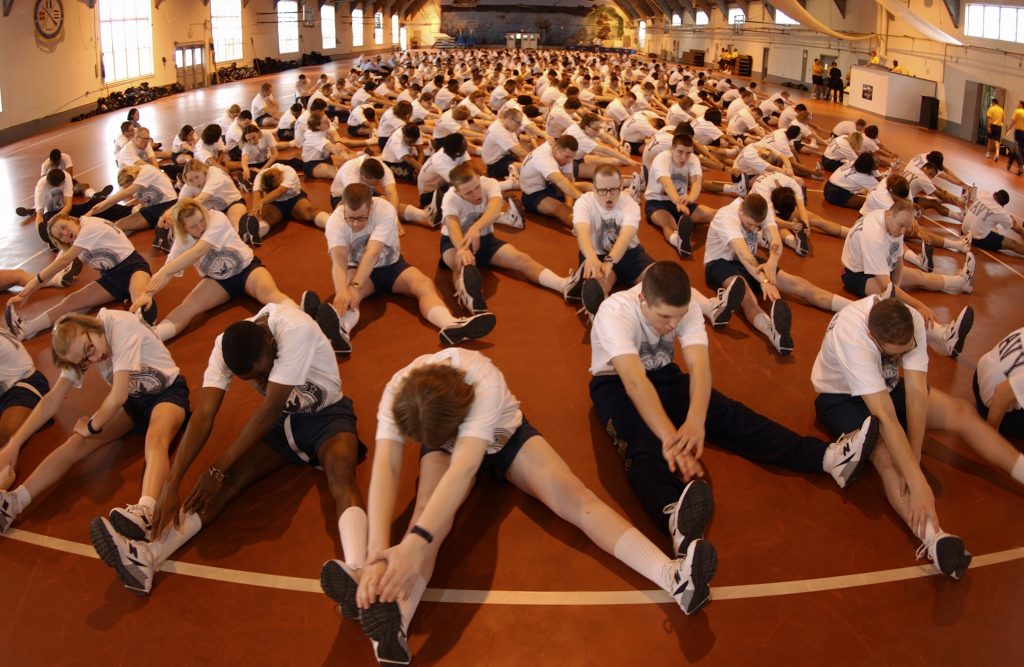Physical Activities: Even weekend warriors can have health benefits
The World Health Organization (WHO) and the US Department of Health and Human Services recommend a minimum of 150 min/wk of moderate-intensity aerobic activity (or 75 min/wk of vigorous-intensity activity). These recommendations suggest following these physical activities can “substantial” health benefits. But does Weekend Warrior or Leisure Time Physical Activity also have health benefits?
Researchers analysed data from the Health Survey for England and Scottish Health Survey. Respondents 40 years or older were included in the analysis. Data were collected from 1994 to 2012 and analyzed in 2016. The study was published in JAMA Internal Medicine.
The self-reported leisure time physical activity patterns were defined as:
- inactive (reporting no moderate- or vigorous-intensity activities),
- insufficiently active (reporting less than 150 min/week in moderate-intensity and less than 75 min/week in vigorous-intensity activities),
- weekend warrior (reporting greater than 150 min/wk in moderate-intensity or greater than 75 min/wk in vigorous-intensity activities from 1 or 2 sessions),
- regularly active (reporting greater 150 min/wk in moderate-intensity or greater than 75 min/wk in vigorous-intensity activities from more than 3 sessions).
Among the 63 591 adult respondents (46% male; 44% female; mean age, 59 years), 8802 deaths from all causes, 2780 deaths from Cardio Vascular Disease, and 2526 from cancer.
The survey found that all-cause mortality risk (including CVD, and cancer) was approximately 30% lower in active compared to inactive adults.
The interesting part was there is no significant difference in regularly active participants and “weekend warrior” and insufficiently active respondents.
The authors concluded that weekend warrior and other leisure time physical activity patterns characterized by 1 or 2 sessions per week may be sufficient to reduce all-cause, CVD, and cancer mortality risks regardless of adherence to prevailing physical activity guidelines.
This is an interesting study, and encourage physical activities, however readers should be aware that correlation does not necessarily mean causation.

